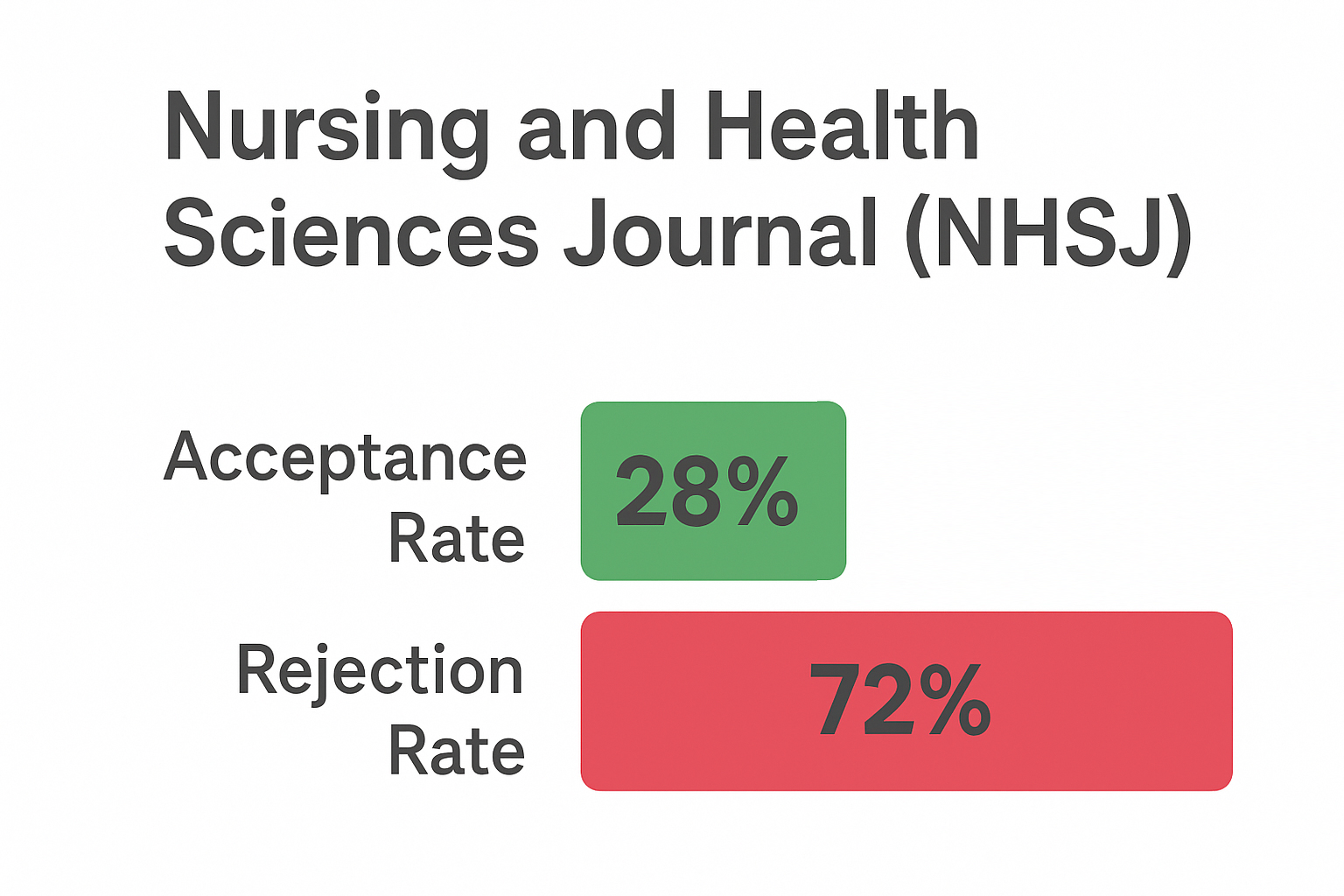The effect of hormonal contraceptive on low birth weight baby delivery in Agronursing Area
DOI:
https://doi.org/10.53713/nhs.v1i3.85Keywords:
Low Birth Weight, LBW, babies, hormonal, contraceptives, agronursingAbstract
Babies born with low birth weight (LBW) have a high risk and will have an impact on subsequent development. Studies show that the use of hormonal contraceptives can increase the risk of experiencing subjective health complaints than non-hormonal contraceptives. The study is an analytical descriptive study that aims to identify the effect of hormonal contraceptive used on low birth weight baby delivery. The study was conducted in three agricultural hospitals and three public hospitals in the Agriculture area of Besuki Residency. Data analysis of the sample was carried out by quota sampling. Characteristics of respondents were displayed by univariate analysis. The total number of participants in this study were 441 participants. Participants were divided into several data categories such as age, parity, medical history, previous history of preeclampsia, low birth weight babies, contraceptives used, complications of premature rupture of membranes. There two factors, that can predict the low birth weight baby delivery. They are hormonal contraceptives use and premature rupture of membranes. The test results get the hormonal contraceptive used factor to be the strongest factor (OR 19,12). Thus it was concluded "the hormonal contraceptive used factor is an abdominal factor of low birth weight baby delivery with a significance value of 0.000 (p0.05).
References
Cantonwine, D. E., R. Hauser, & J. D. Meeker. (2013). Bisphenol a and human reproductive health. Expert Review of Obstetrics and Gynecology. 8(4):329–335.
Charlton, B. M., D. Mølgaard-Nielsen, H. Svanström, J. Wohlfahrt, B. Pasternak, & M. Melbye. (2016). Maternal use of oral contraceptives and risk of birth defects in denmark: prospective, nationwide cohort study. BMJ. 352(716):1–8.
Chen, S., R. Zhu, H. Zhu, H. Yang, F. Gong, L. Wang, Y. Jiang, B. Q. Lian, C. Yan, J. Li, Q. Wang, S. kun Zhang, & H. Pan. (2017). The prevalence and risk factors of preterm small-for-gestational-age infants: a population-based retrospective cohort study in rural chinese population. BMC Pregnancy and Childbirth. 17(1):1–8.
Fajriana, A. & A. Buanasita. (2018). Faktor risiko yang berhubungan dengan kejadian bayi berat lahir rendah di kecamatan semampir surabaya. Media Gizi Indonesia. 13(1):71.
Habib, M., C. Greenow, S. Ariff, S. Soofi, Abid Hussain, Q. Junejo, Amjad Hussain, F. Shaheen, & K. Black. (2017). Factors associated with low birthweight in term pregnancies: a matched case-control study from rural pakistan. Eastern Mediterranean Health Journal. 23(11):754–763.
Hatch, E., K. Hahn, E. Mikkelsen, A. Riis, H. Sorensen, K. Rothman, & L. Wise. (2017). Pre-gravid oral contraceptive use in relation to birth weight: a prospective cohort study. Euro J Epidemiologi. 176(3):139–148.
Jaacks, L. M., N. Diao, A. M. Calafat, M. Ospina, M. Mazumdar, M. O. S. Ibne Hasan, R. Wright, Q. Quamruzzaman, & D. C. Christiani. (2019). Association of prenatal pesticide exposures with adverse pregnancy outcomes and stunting in rural bangladesh. Environment International. 133(October):105243.
Jensen, E. T., J. L. Daniels, T. Stürmer, W. R. Robinson, C. J. Williams, D. Moster, P. B. Juliusson, K. Vejrup, P. Magnus, & M. P. Longnecker. (2014). Maternal hormonal contraceptive use and offspring overweight or obesity. International Journal of Obesity. 38(10):1275–1281.
Jensen, E. T., J. L. Daniels, T. Stürmer, W. R. Robinson, C. J. Williams, K. Vejrup, P. Magnus, & M. P. Longnecker. (2016). Hormonal contraceptive use before and after conception in relation to preterm birth and small for gestational age: an observational cohort study. BJOG. 176(1):139–148.
Khayati, Y. N. & S. Sundari. (2019). Hubungan berat badan lahir dengan pertumbuhan dan perkembangan. Indonesian Journal of Midwifery (IJM). 2(2):58–117.
Larsen, A. E., S. D. Gaines, & O. Deschênes. (2017). Agricultural pesticide use and adverse birth outcomes in the san joaquin valley of california. Nature Communications. 8(1):1–8.
Liwang, F., A. Bhargah, I. B. H. Kusuma, G. G. Prathiwindya, I. G. Indaya, S. Putra, & L. S. Ani. (2018). Gambaran penggunaan kontrasepsi hormonal dan non hormonal di wilayah kerja upt puskesmas tampak siring 1. Jurnal Intisari Sains Medis. 9(3):41–46.
Nasution, W. M., F. A. Siregar, & Asfriyanti. (2018). Pengaruh pemakaian kontrasepsi hormonal dan riwayat keluarga terhadap kejadian kanker payudara di rsud dr . pirngadi medan tahun 2017. Jurnal Medika Respati. 13(2):39–47.
Sari Priyanti & A. D. Syalfina. (2018). Alat kontrasepsi dan aktivitas seksual sebagai faktor yang berpengaruh terhadap kejadian keputihan. Jurnal Berkala Epidemiologi. 5(September 2017):371–382.
Setiati, A. R. & S. Rahayu. (2017). Faktor yang mempengaruhi kejadian bblr (berat badan lahir rendah) di ruang perawatan intensif neonatus rsud dr moewardi di surakarta. (Jkg) Jurnal Keperawatan Global. 2(1):9–20.















